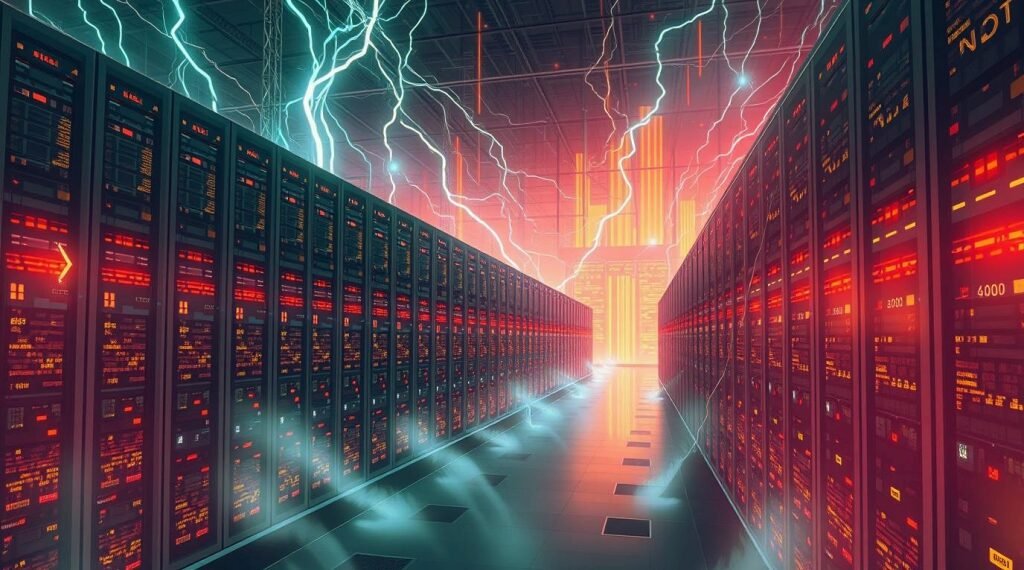Data centers used about 1.5 percent of the world’s electricity in 2024, a figure expected to double by 2030 due to artificial intelligence (AI), as noted in a report from the International Energy Agency. This report details both the current energy footprint of these centers and their projected future demands, aiding governments and corporations in planning for infrastructure and AI deployment. By 2030, data centers are estimated to consume 945 terawatt-hours (TWh) of electricity (which is equivalent to Japan’s current annual consumption) up from 415 TWh in 2024.
However, a researcher in Amsterdam, expressed concerns regarding the vague nature of the report on AI’s energy consumption and urges caution regarding the overall energy demands of data centers. The IEA findings reveal that the United States, Europe, and China collectively account for 85% of current data center energy consumption, with developing nations expected to contribute about 5% to this growth by 2030 and advanced economies over 20%. Many countries are enhancing power generation and electrical grids to accommodate the forecasted demand, though there is uncertainty surrounding their ability to complete these projects.
Additionally, increased electricity consumption could hinder climate objectives, despite two-thirds of the anticipated electricity capacity supposedly being sourced from renewables. The report also warns of a continued reliance on fossil fuels due to new gas-fired plants in the United States. Ultimately, the concentration of data centers may pose challenges to local electricity grids, with significant variability in global electricity consumption trends.
The ainewsarticles.com article you just read is a brief synopsis; the original article can be found here: Read the Full Article…




